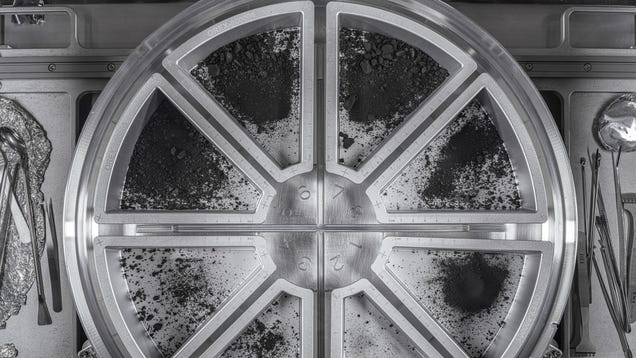
After opening up that stubborn sample canister, NASA was finally able to weigh the full amount of asteroid bits snagged by its spacecraft more than three years ago. As it turns out, there is plenty of space rock that made its way to Earth.

After opening up that stubborn sample canister, NASA was finally able to weigh the full amount of asteroid bits snagged by its spacecraft more than three years ago. As it turns out, there is plenty of space rock that made its way to Earth.
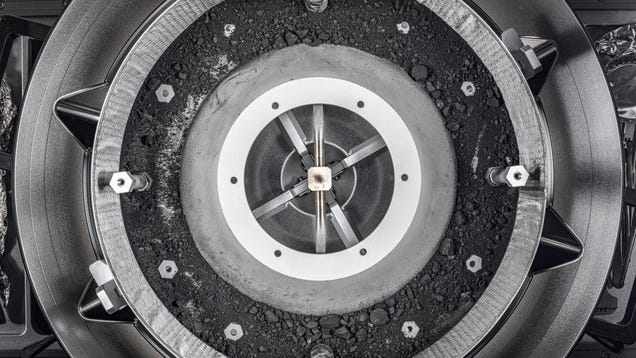
After months of frustration, NASA finally got the Bennu asteroid sample container open in January, revealing the large amounts of asteroid scooped up by the OSIRIS-REx spacecraft.

The aluminum canister containing bits of an ancient space rock has finally been opened, revealing the bulk of the asteroid Bennu sample in all its glory.

After months of fidgeting with a canister that contained rocky samples from an ancient asteroid, NASA engineers have finally removed two stubborn fasteners that appeared to be preventing the space agency from collecting the full amount of Bennu’s debris.
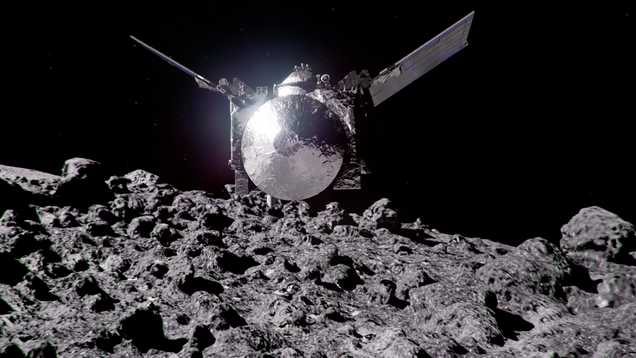
New mission, who dis? The spacecraft formerly known as OSIRIS-REx had an impromptu close encounter with the Sun as it follows a newly crafted route to a second asteroid, using one of its solar arrays for shade.

In September, fragments of a near-Earth asteroid were carefully dropped off in the Utah desert. The space rocks hold clues to the origin of the solar system and can possibly answer crucial questions about how our planet came to be—if only we can get to them first.
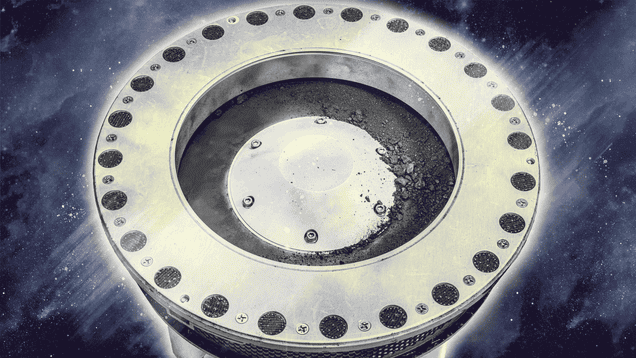
We’ve all been there: You’re getting some peanut butter, or looking to nosh a nice pickle, when you find your wrist strength is insufficient to get at the jar’s delicious contents.
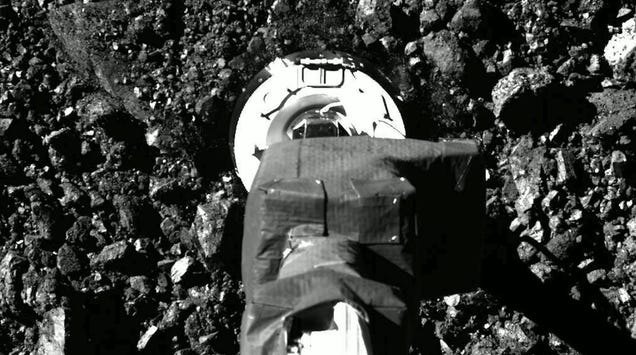
After traveling through space for 200 million miles, rocky pieces from asteroid Bennu were dropped off on Earth by the OSIRIS-REx spacecraft in late September. Now, some of those fragments will be put on display for museum-goers to observe firsthand.
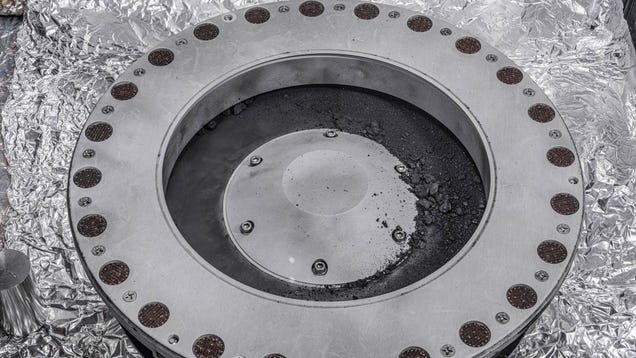
About a month ago, pristine samples from an asteroid landed on Earth while enclosed within a tight capsule. The sample canister was designed to keep the main chunk of the asteroid safe during its journey through space, but now teams at NASA’s Johnson Space Center (JSC) are struggling to open it to get at the space…

The OSIRIS-REx canister still contains the bulk of the asteroid sample inside, but pieces of the ancient space rock found on the outside have already shown evidence of organic matter embedded within tiny bits of debris.